Beach Nourishment + Maintenance
January 25, 2025

Is the solution to Playa del Carmen’s shrinking coastline simply moving sand around? – Yucatan Magazine
Excerpt:
Playa del Carmen was once known as one of Mexico’s most stunning beach destinations, with miles upon miles of pristine coastlines, white sand, and the turquoise ocean the Caribbean is famous for…
More on Beach Nourishment + Maintenance . . .
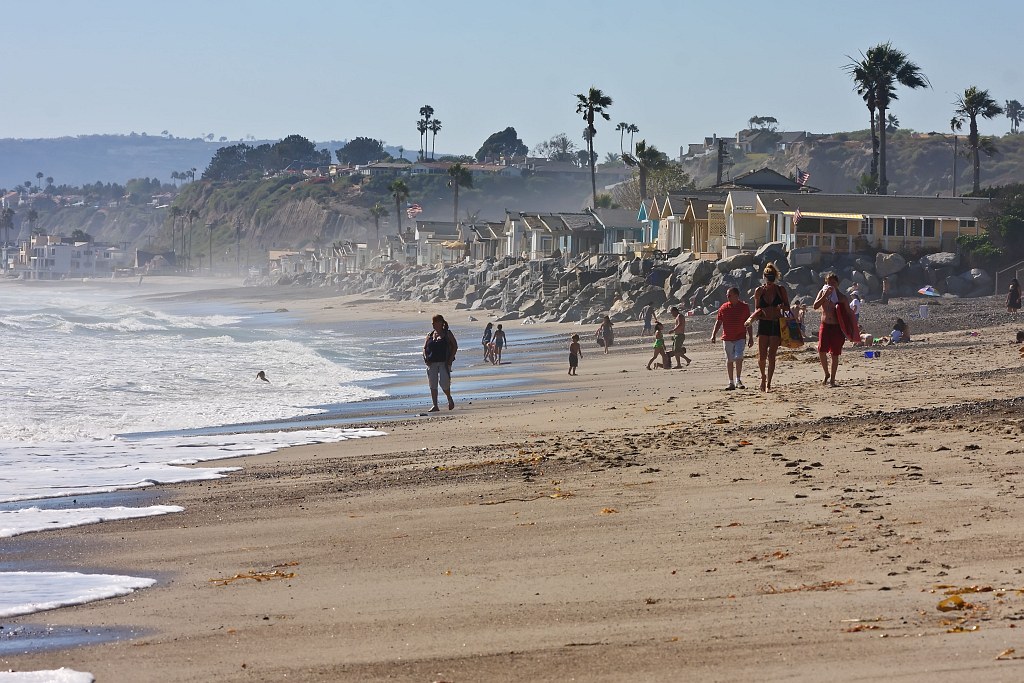
San Clemente sales tax ballot measure for beach sand is falling short – the Los Angeles Times
Before becoming San Clemente’s new coastal administrator last year, the beach has always held a nostalgic place in Leslea Meyerhoff’s heart. “Some of my earliest memories are walking the beach in Santa Monica with my grandma,” she said. “I also recall fond times boogie boarding, collecting seashells or just enjoying a stroll at the beach.”..

San Clemente’s ‘sand czar’ looks to turn back the tide of coastal erosion – the Los Angeles Times
Before becoming San Clemente’s new coastal administrator last year, the beach has always held a nostalgic place in Leslea Meyerhoff’s heart. “Some of my earliest memories are walking the beach in Santa Monica with my grandma,” she said. “I also recall fond times boogie boarding, collecting seashells or just enjoying a stroll at the beach.”..

Beach Nourishment: A Critical Look – Gary Griggs | Journal of Coastal Research
More than $15 billion, mostly federal dollars, have been spent moving sand to the shoreline for both recreational and shoreline protection benefits. Still, whether in New Jersey, New York, North Carolina, Florida, or California, the life span of the sand added artificially to these beaches in many cases has been relatively short and in some instances has been less than a year…
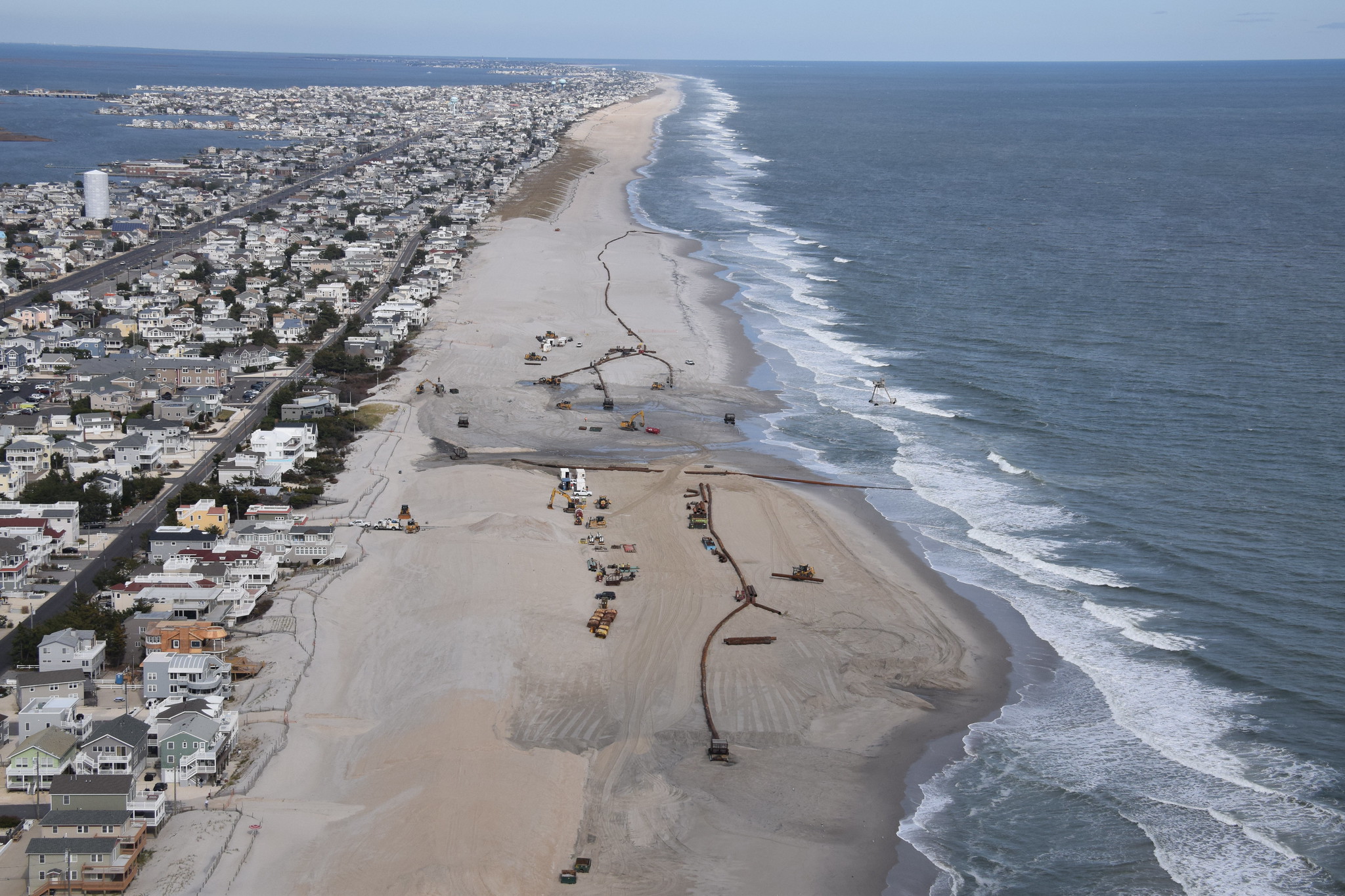
Sand Dollars – CBS News Investigations
Federal agencies spend millions every year replacing sand on beaches. Some experts say it’s a waste of tax money….
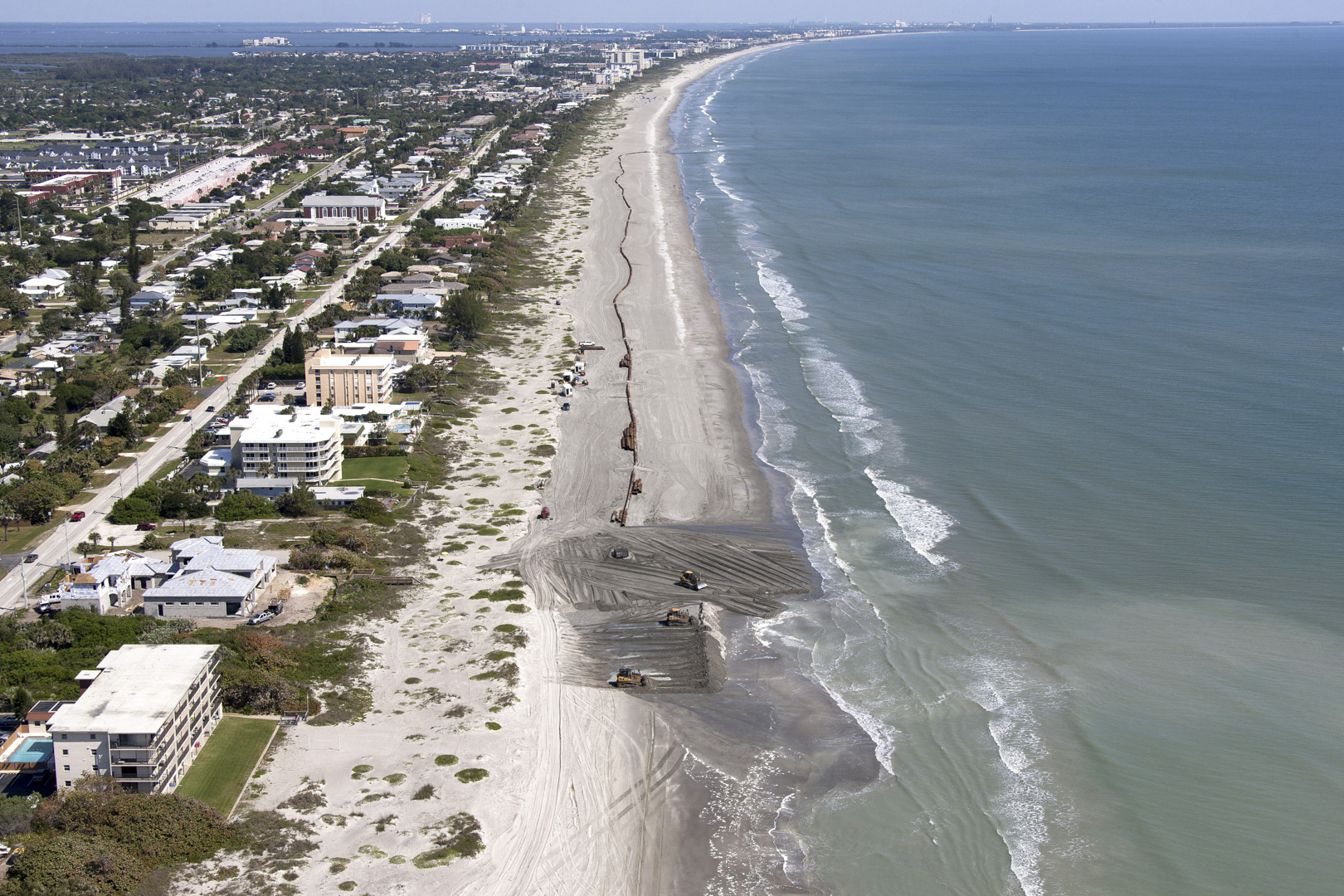
Add sand, lose sand, repeat. The climate conundrum for beaches – E&E News
Rebuilding beaches after hurricanes is costing U.S. taxpayers billions of dollars more than expected as the Army Corps of Engineers pumps mountains of sand onto storm-obliterated shorelines…

A Massachusetts town spent $600K on shore protection. A winter storm washed it away days later – the Washington Post
A Massachusetts beach community is scrambling after a weekend storm washed away $600,000 in sand that was trucked in to protect homes, roads and other infrastructure…
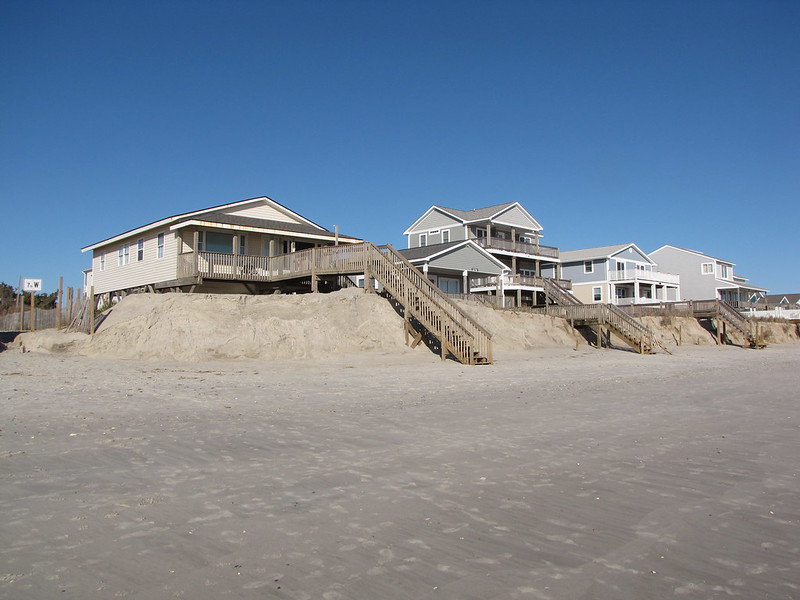
Why Oak Island is looking 18 miles off its coast for sand to nourish its eroded beach – Wilmington StarNews Online
Faced with an eroding beach, Oak Island wants to pump fresh sand onto its oceanfront. But finding a viable sand source might mean going a long way offshore…

Can the ‘sand motor’ save West Africa’s eroding coast? – Grist Magazine
As sea levels rise, engineers are using massive Dutch-inspired sand sculptures to protect shorefront settlements…It’s called the “sand motor,” and it comes from the Netherlands, a low-lying nation with centuries of experience in coastal protection…
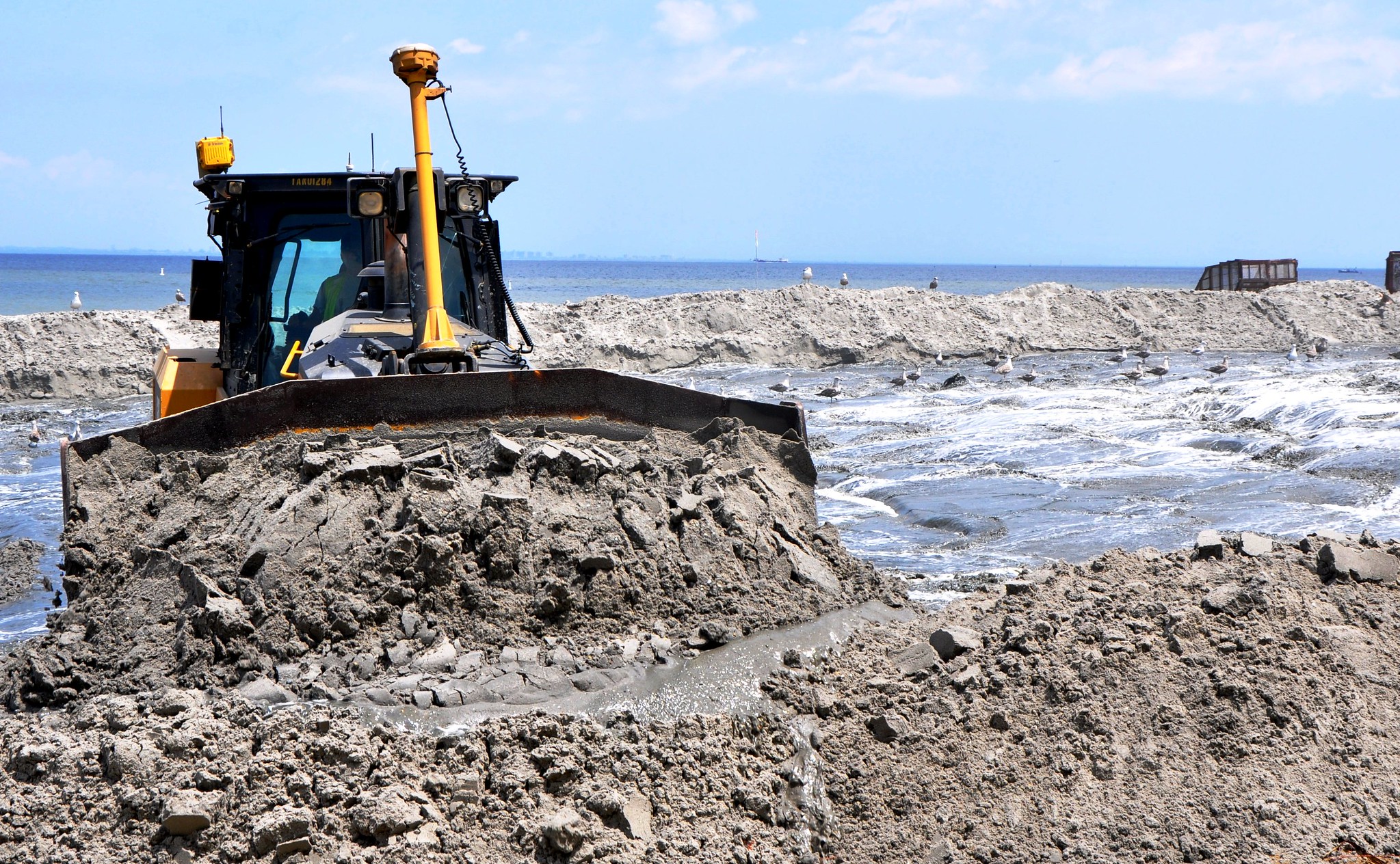
Dredging, beach replenishment continues in Monmouth County – PBS
Tens of millions of dollars pour into the state each year to fund beach replenishment efforts ..
“…we are doing it with the intent of preserving the economic usefulness of oceanfront properties that are being threatened by erosion and shoreline migration, sea-level rise and storm waves and so forth…That methodology (used by the U.S. Army Corps of Engineers) is flawed because it uses property value to determine the benefits of nourishment and our belief is that our property values aren’t the correct way to assess the utilization or return on public funds. A better way of doing that is looking at what are the public benefits.”
– Andy Coburn, Associate Director for the Study of Developed Shorelines | Western Carolina State University
